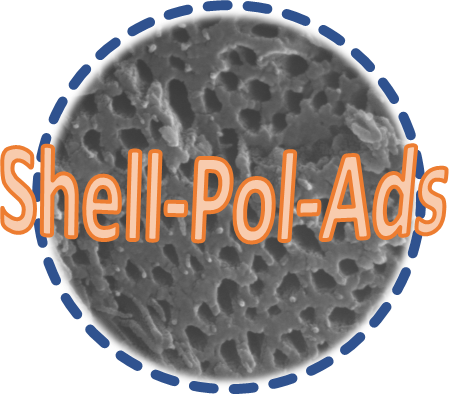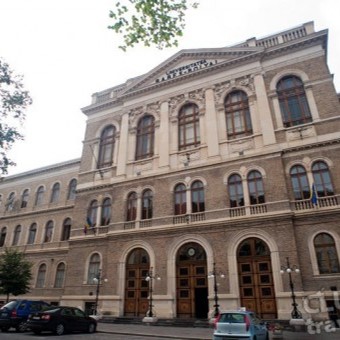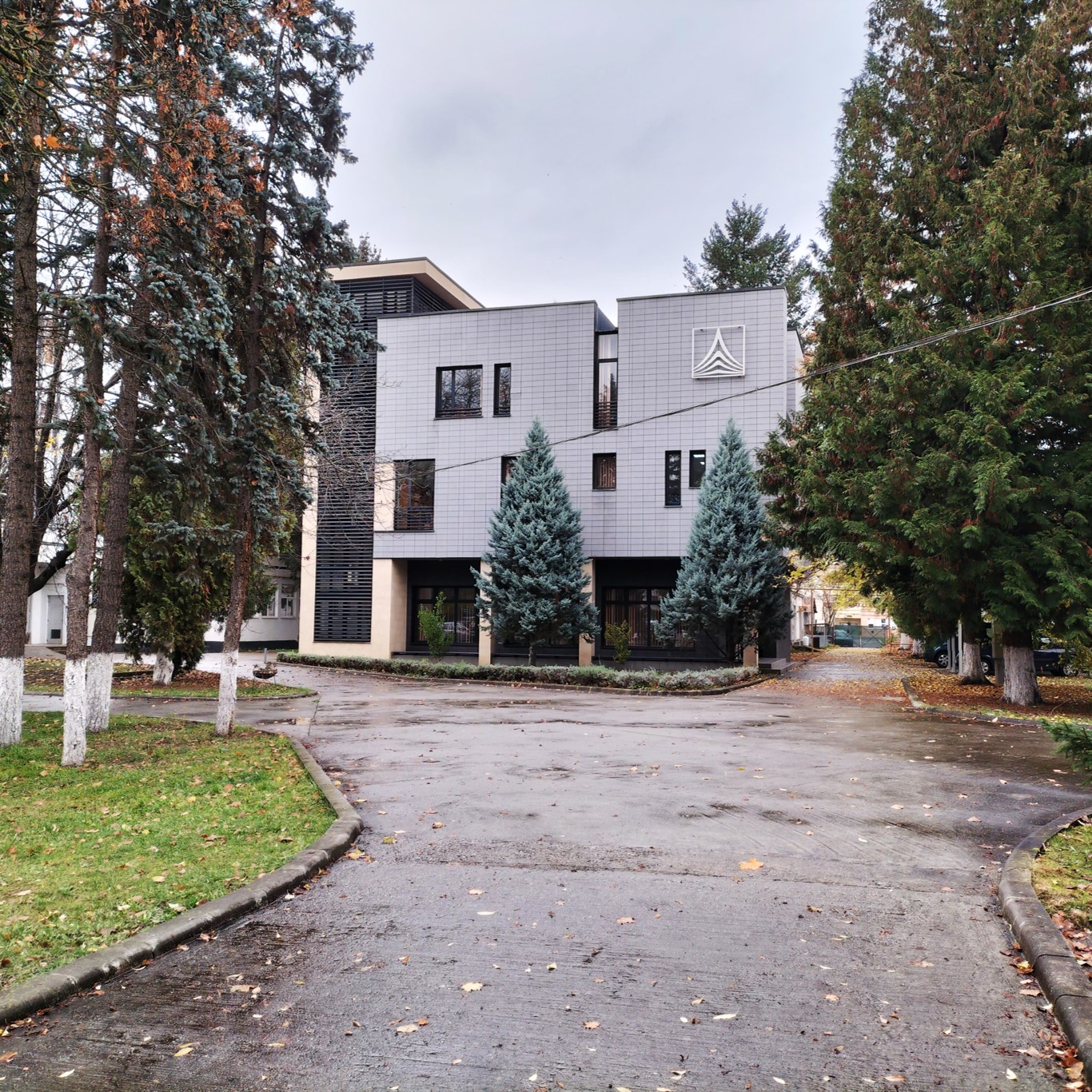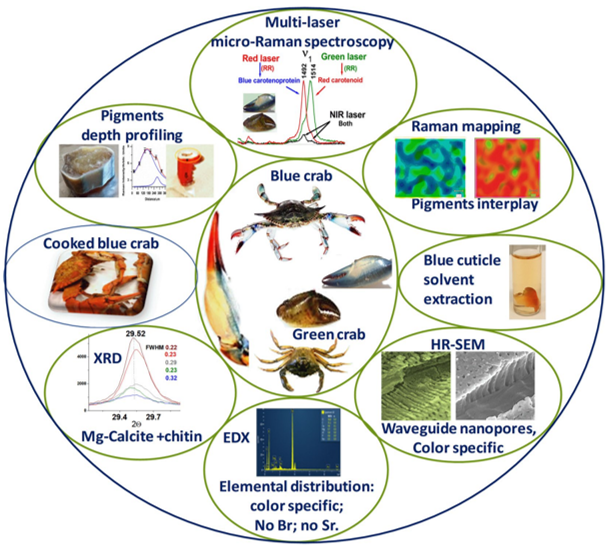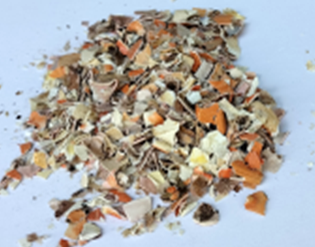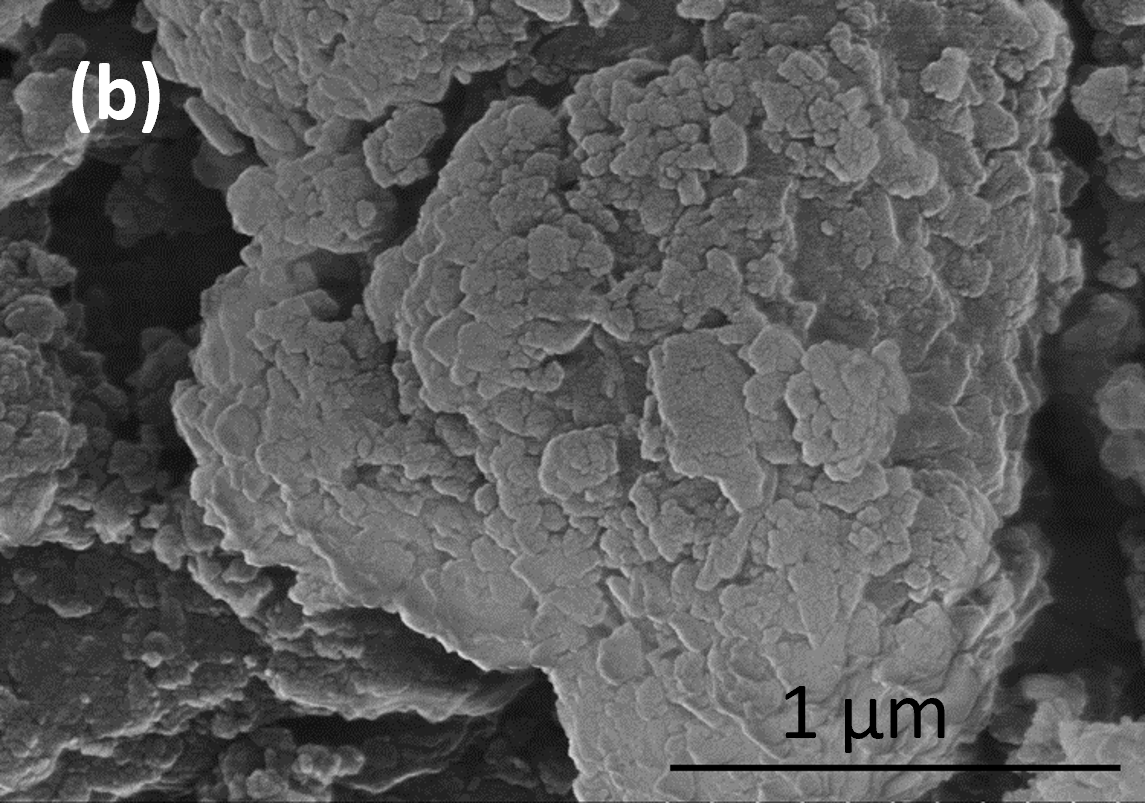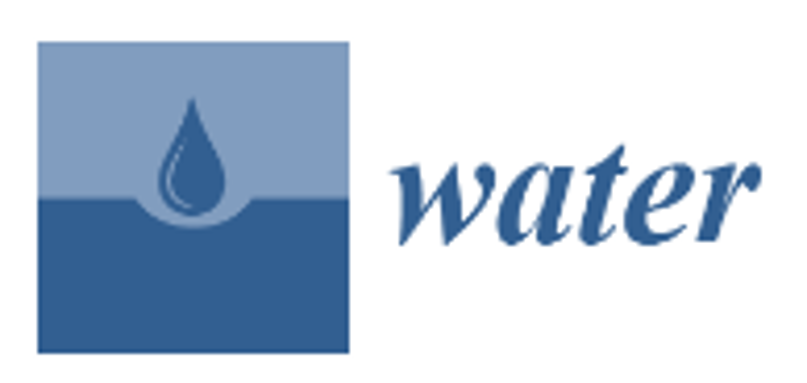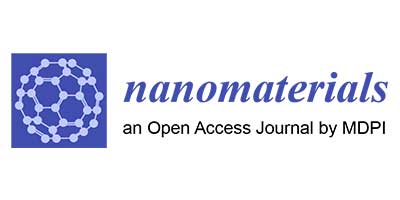Context & Scope
A new, valuable, eco-friendly composite by-product from biogenic shell waste processing will be developed starting from the secondary product resulted from carotenoids extraction from shells. The waste will be turned into novel adsorbent material capable of efficient retaining pesticides and drug residues from wastewaters. This is an additional recycling option for the shells, with application in environmental depollution.
High sensitivity spectroscopy and imaging methods including Raman techniques, SEM-EDX and others (e.g. HPLC) will be employed for materials characterization and tracking properties along the described processes. Novel valorisation process will include the quality control points and the technical details on a conceptual level. The end results will be new products and a method for conversion of carotenoids-depleted shell biomass into novel, eco-friendly adsorbents.
Objectives
Objective 1: Obtaining of novel adsorbent micropowder from biomineral waste material
Activity1.1. Analysis of post-extraction crab shell material before and after carotenoids extraction by X-ray diffraction, SEM, EDX, BET, solid state NMR and Raman spectroscopy and DT/TGA to prospect if extraction induces chemical or structural changes.
Activity 1.2. Analysis of waste bivalve shells by X-ray diffraction, SEM, EDX, BET, solid state NMR and Raman spectroscopy and DT/TGA to establish the suitability and methods for obtainingnovel adsorbent material
Activity 1.3. Conducting thermal treatment of the porous shell material following the conclusions of Activities 1.1. and 1.2., obtaining of microparticles with potential adsorption capability.
Objective 2. Evaluation of the adsorbtion capacity for 2 common drugs (e.g. cyprofloxacin) and 2 pesticides (e.g., glyphosate, acetamiprid) on new adsorbents prepared will be performed in static mode.
Activity 2.1. Evaluating the synthetic suspensions of pollutants/novel adsorbent of different properties (pH of the solution, temperature, adsorbent dose, contact time, initial pollutant concentration) to establish the best adsorption conditions and capacity.
Activity2.2. Preliminary tests of novel adsorbent reusability through different eluent type trials (EtOH, EDTA, NaOH, HCl, H2SO4).
Objective 3. Upscaling prospects of the developed shell recycling design, introduction of knowledge-based management scheme ; designing the process, including the quality control points and the technical details on a conceptual level.
Activity 3.1. Critical re-evaluation of the proposed shell recycling process (links between carotenoids extraction step and complete micropowder utilization).
Activity 3.2. Designing the crab (and bivalve) shell recycling procedure as a complete, knowledge-managed process which will be scalable to real socio-economic situation.
Activity 3.3. Evaluation of the analytical devices and machinery available on the market, including their volumetric capacities, and composing an actual, concrete, technical solution for the complete shell recycling process from Target 3.2.
Click here for Gantt chart

Results
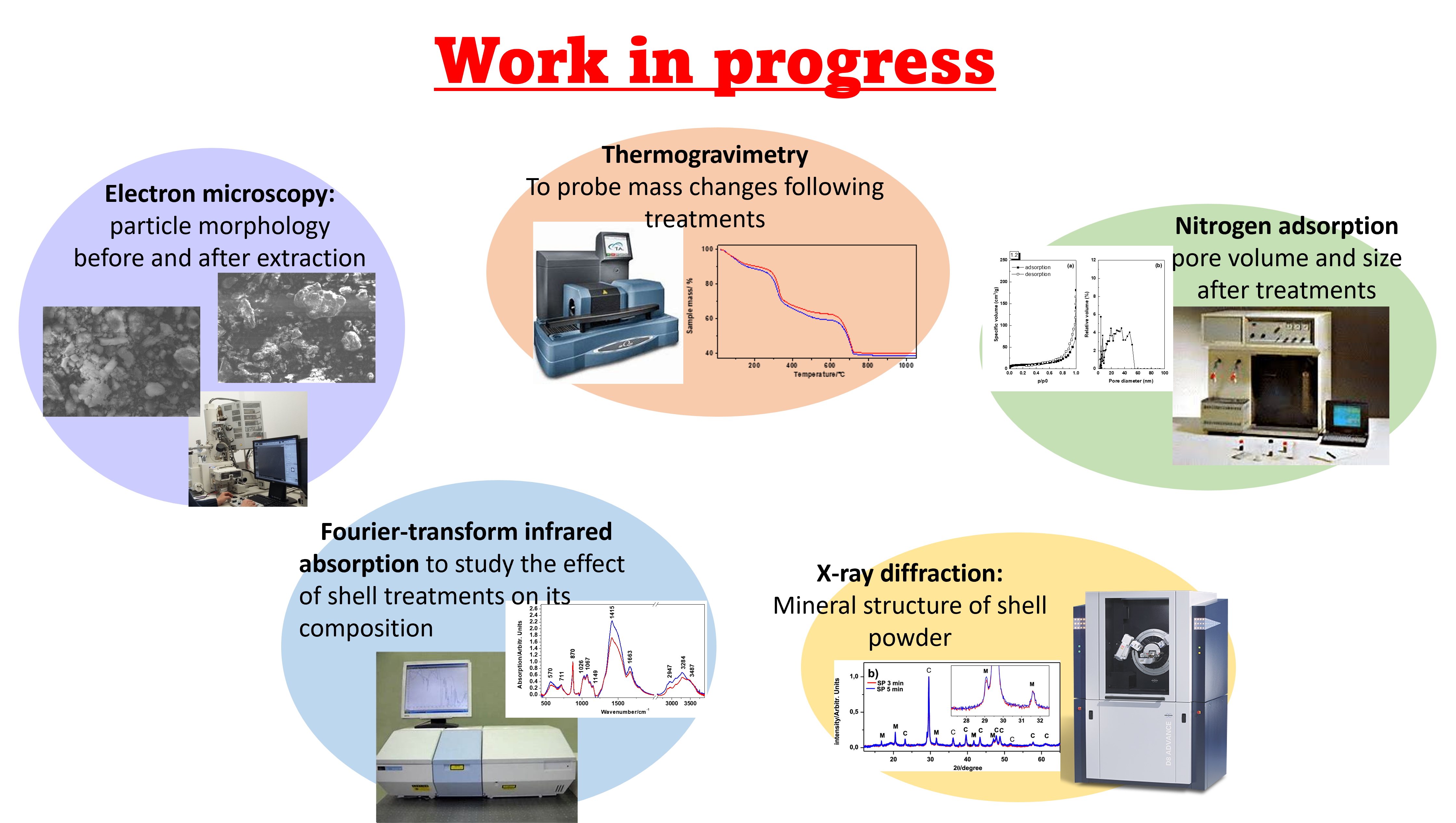
|
||||||||||||||||||||||
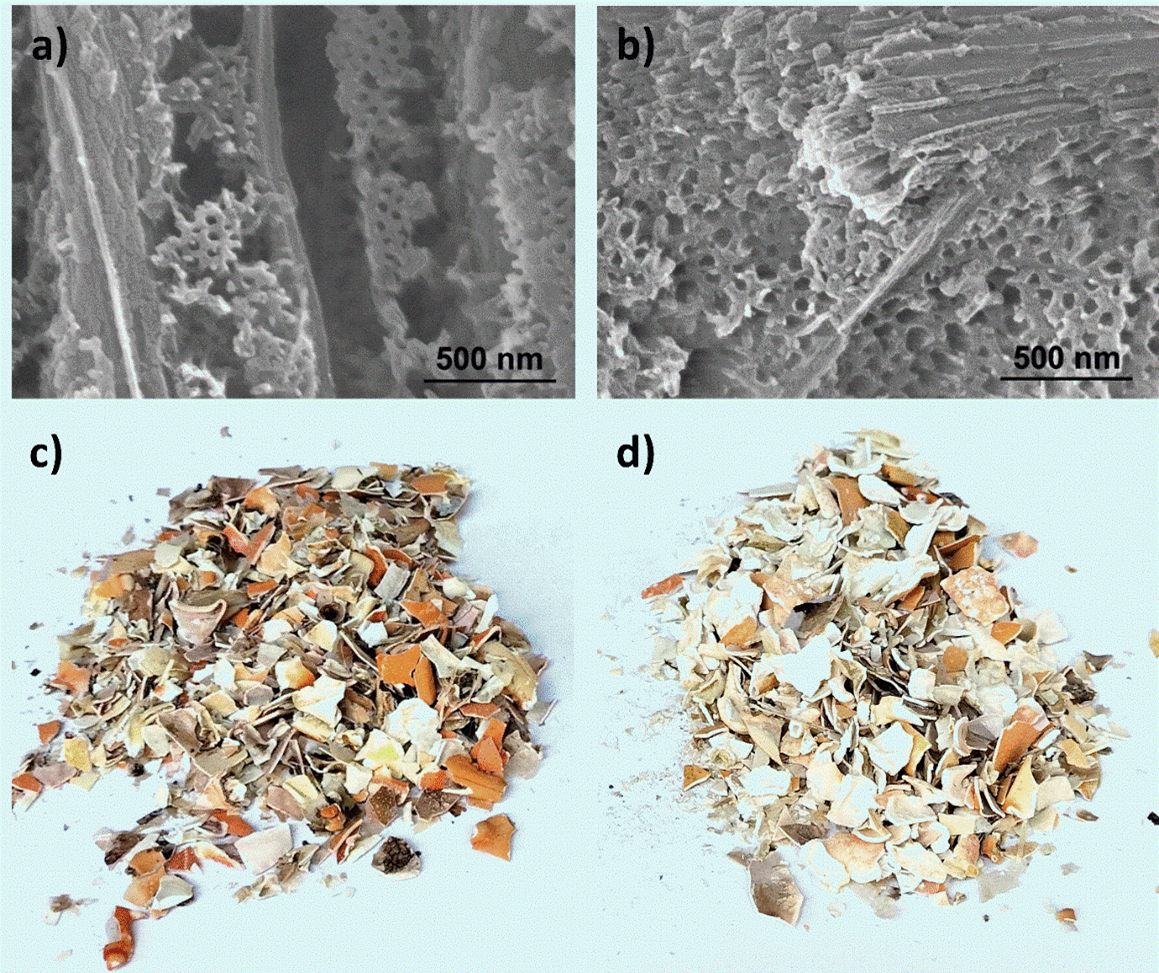
SEM images of the blue crab (Callinectes sapidus) shell fragments in their native state (a) and after carotenoid extraction (b), and the respective photographs of native and post-extraction shell waste in (c,d), respectively. (From our publication in the journal Water - see Publications section below) |
BET measurements evidence the mesoporous structure of the native and
especially the post-extraction exoskeleton powder. An increase in both
surface area and pore volume as a consequence of the carotenoid
extraction procedure for all the investigated powder samples can be
noticed. The extraction procedure allowed the exposure of pores in the
mesoporous domain (2-50 nm) in the case of all samples, which led to an
enhancement of total pore volume of at least 2.5 times.
|
|||||||||||||||||||||
Developed methods
- Obtaining of the adsorbent powder from waste crab shells
- Quantification of selected pollutants by HPLC
- Wastewater remediation by crab shell adsorbent
- Regeneration of crab shell adsorbent
The methods are available from the project team upon reasonable request.
Scientific reports
You can download the PDF version of the reports containing summaries of scientific results at the buttons below. There is an intermediate report containing only the results of first phase (year 2022; english) and the final report refering to the entire project (year 2022 + year 2023; romanian).
Conference contributions
|
Screening of waste shell biomaterials for recycling as adsorbents for water-borne pollutants.
Authors: F. Nekvapil, G. Lazar, M-L. Soran, M. Mihe?, R. Hirian, A. Cior?a, S.B. Angyus, T. Kusovac, M. Precanica, S. Cīnta Pinzaru
 |
Innovative biofertilizer from two aquatic waste materials and its influence on carotenoid content in lettuce crop
Authors: F. Nekvapil, G. Lazar, R. Hirian, M. Aluas, M. Suciu, T. Tama?, L. Barbu-Tudoran, S. Tomsic, B. Glamuzina, S. Cīnta Pinzaru
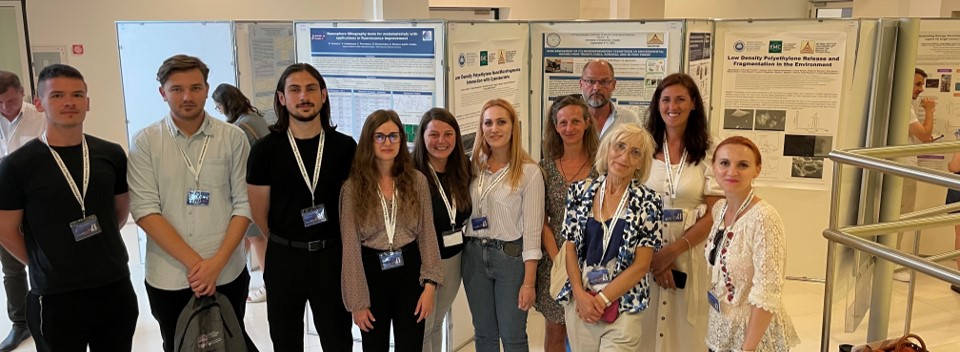 See more works from this group |
A modified crustacean biorefinery approach: carotenoids extraction and porous magnesian calcite powder
Authors: F. Nekvapil, M.-L. Soran, A. Stegarescu, C. Socaci, M. Mihet, I. Lung
 View conference programme |
Original research article
Submitted patent application
| Adsorbent material for pollutants from wasted crab shells
- method for obtaining Nekvapil, F., Soran, M-L., Stegarescu, O-A. |
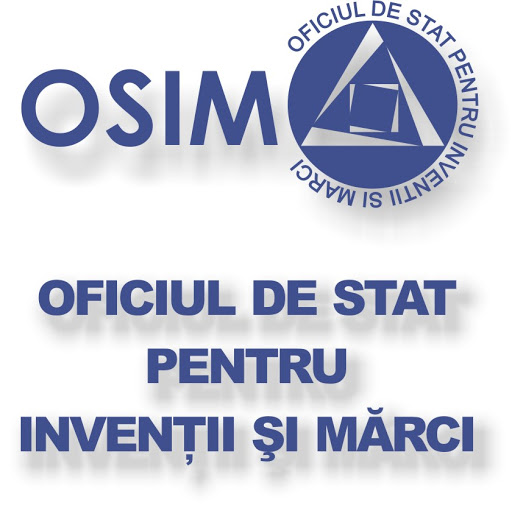 |
Acknowledgements
We acknowledge the colleagues who went an extra mile outside of their routine work to support this project:
-
Prof. dr. habil. Simona Cinta Pinzaru
-
Tifani Kusovac, Ph.D. student
-
Dr. Razvan Hirian
-
Assist. Prof. Ana Gavrilovic
-
Mario Precanica
-

The Project leader expresses special thanks to INCTIM Cluj-Napoca for providing expertise, laboratory space an analytical equipment to complement and expand the project`s results.
Shell-Pol-Ads core team
Dr. Fran Nekvapil - Project Leader (PL)
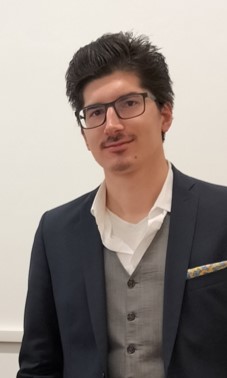
Fran is a researcher at the Faculty of Physics, Babes̗-Bolyai University (Romania) and at the Nat. Inst. for Research and Development of Isotopic and Molecular Technologies (Romania). His mainstream expertise revolves around spectroscopy methods, especially Raman spectroscopy applied to research of biogenic materials and metallic nanomaterials, in conjunction with other methods such as electron microscopy, diffraction and other.
email: fran.nekvapil@ubbcluj.ro
Participated in:
 |
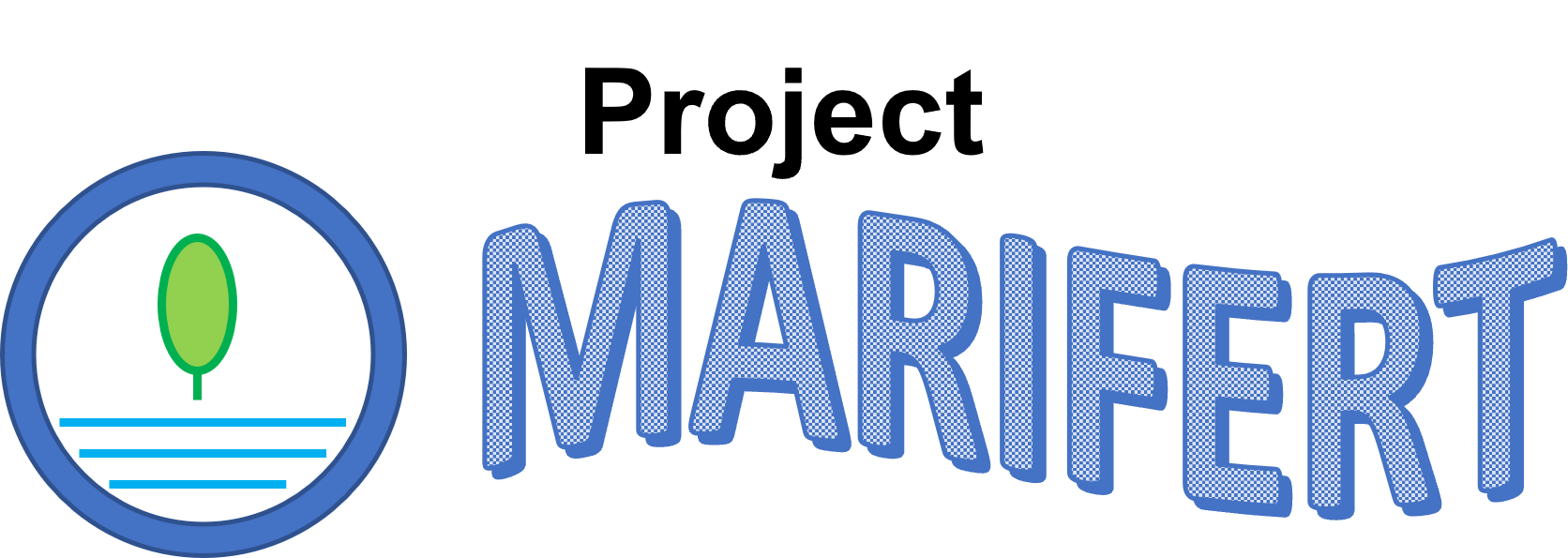 |
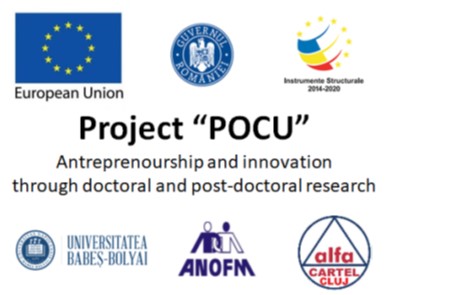 |
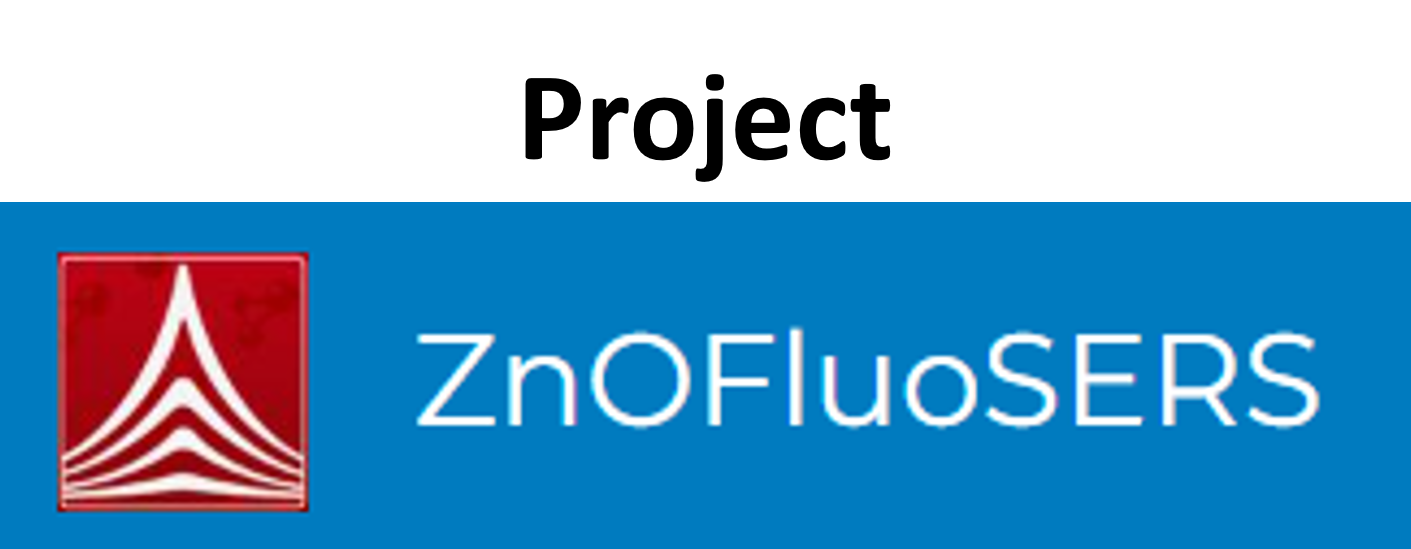 |
 |
 |
Dr. habil. Maria-Loredana Soran - mentor
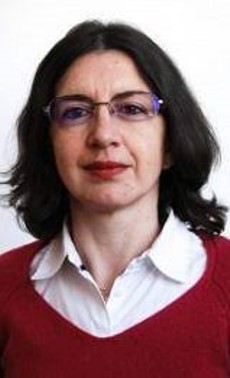
Loredana is a researcher with based at the Nat. Inst. for Research and Development of Isotopic and Molecular Technologies (Romania). Her expertise comprises a wide range of biochemical analytical methods, such as extraction of bioactive compounds from biological samples, separation and characterization techniques. She is also involved in synthesis of nanomaterials by "green" procedures and environmental depollution using innovative synthesized and biogenic meterials.
email: loredana.soran@itim-cj.ro
